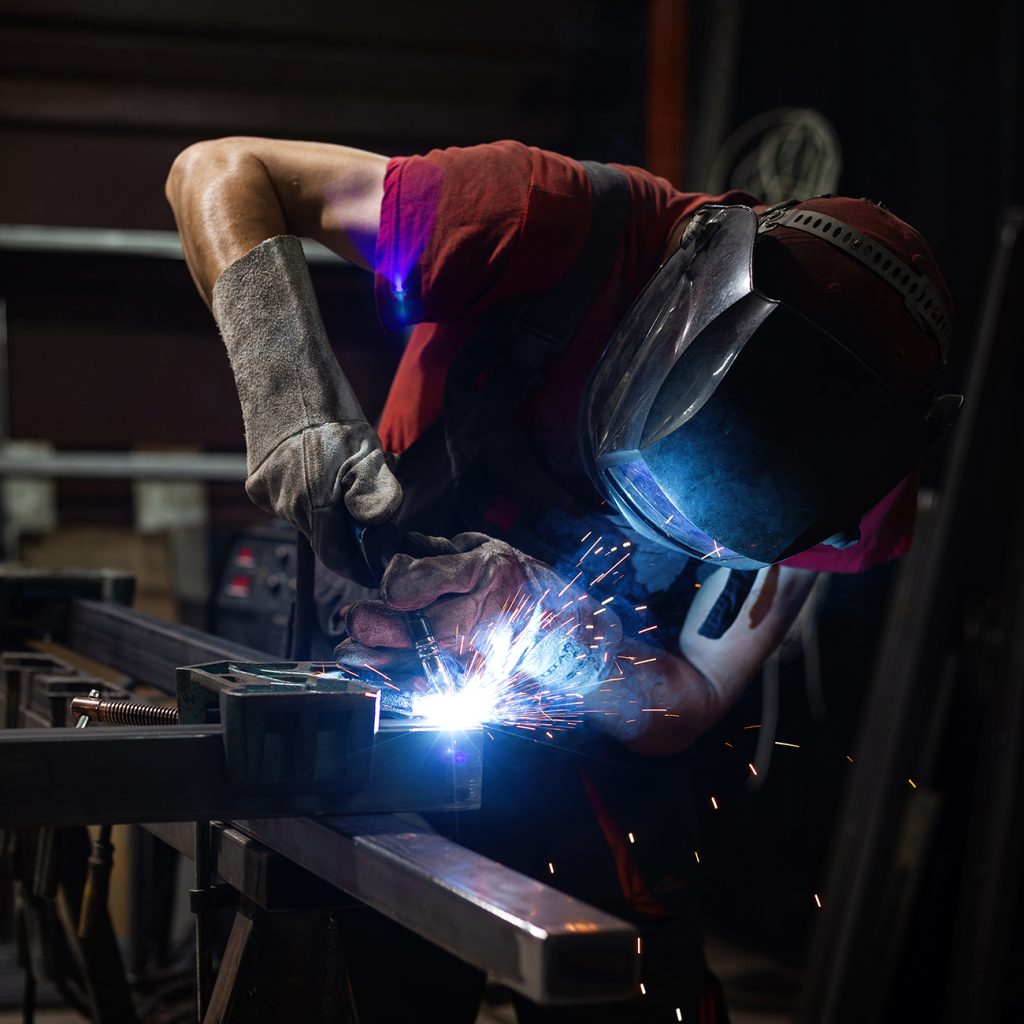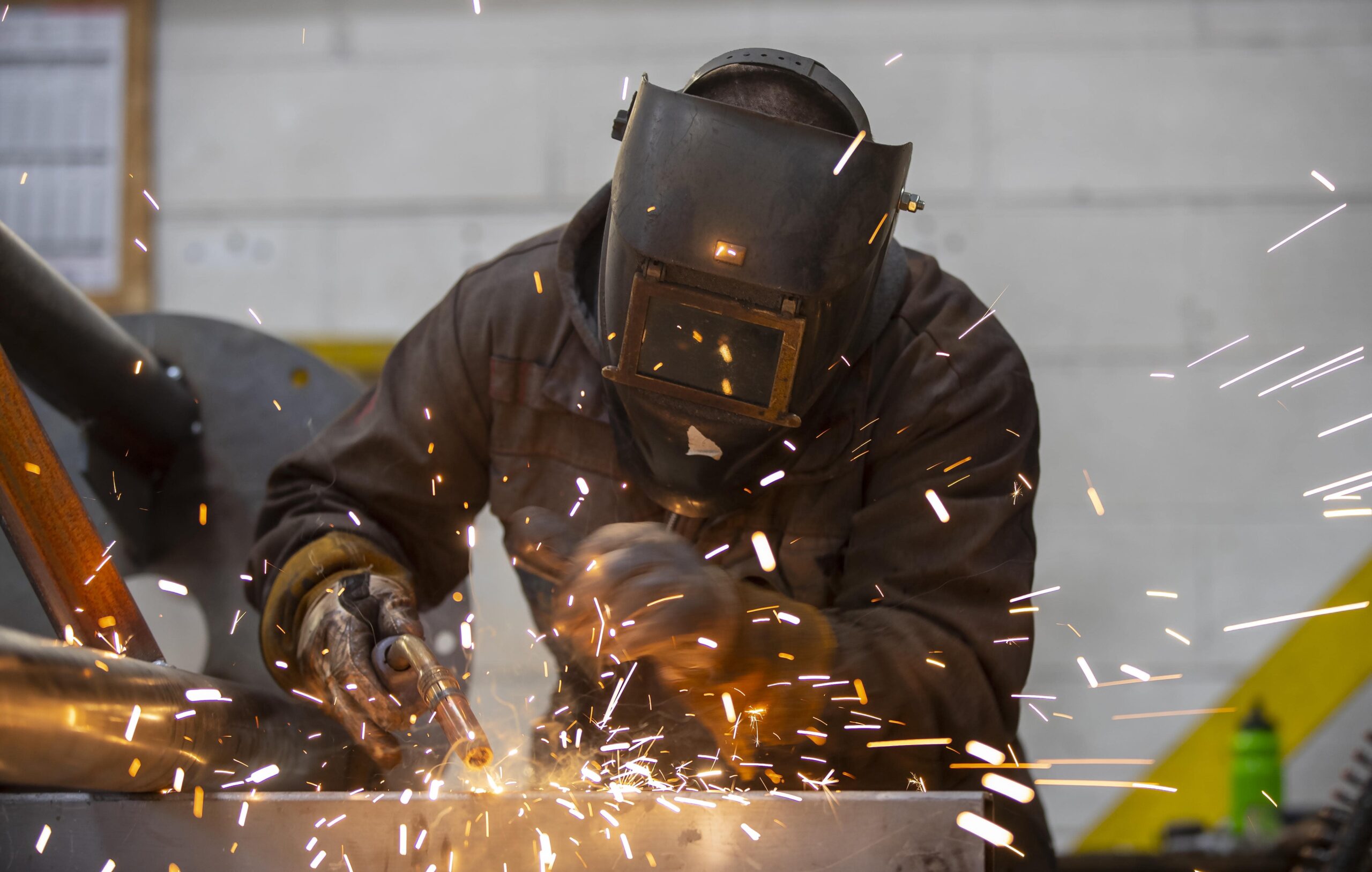Fixing cracking in welded joints: tips from Montana Mobile Welding and Repair Fabrication
Wiki Article
Typical Welding Fixing Issues and How to Address Them Successfully
Welding fixings frequently encounter a variety of problems that can threaten the honesty of the end product. Common troubles include poor infiltration, porosity, and imbalance, to name a few. Each defect presents one-of-a-kind challenges that need certain strategies for resolution. Recognizing these issues is necessary for welders aiming to improve their abilities and results. This conversation will explore these usual welding repair problems and efficient methods to resolve them.Poor Infiltration
Poor infiltration happens when the weld steel stops working to completely fuse with the base product, causing weak joints and possible structural failures. This problem often originates from not enough warm input, inaccurate electrode angle, or improper welding speed. Welders may encounter inadequate infiltration due to a miscalculation of the essential specifications for a certain product thickness or kind. Additionally, contamination on the base material's surface area can impede effective bonding, intensifying the trouble. To resolve insufficient infiltration, welders should guarantee appropriate setups on their tools and keep a tidy job surface. Regular assessment of welds is suggested to identify any deficiencies early, enabling timely modifications and the prevention of jeopardized architectural integrity in welded assemblies.Porosity
Porosity is an usual issue in bonded joints that materializes as small gas bubbles caught within the weld steel. This defect can endanger the integrity of the weld, resulting in decreased strength and prospective failing under stress. Montana Mobile Welding and Repair Belgrade Fabrication. Porosity normally emerges from contamination, dampness, or inappropriate welding methods, which permit gases to leave right into the molten weld swimming pool. To address porosity, welders must assure proper surface area prep work, keep a tidy functioning environment, and make use of ideal welding specifications. Furthermore, choosing the best filler product and securing gas can reduce gas entrapment. Normal examination and screening of welds can aid determine porosity early, ensuring timely corrective actions are taken, thereby maintaining the high quality and reliability of the welded structureMisalignment
Misalignment in welding can arise from different factors, including incorrect setup and thermal growth. Understanding the source is crucial for effective resolution. Numerous improvement techniques are available to realign components and guarantee structural stability.Root causes of Misalignment
Welding misalignment frequently stems from a range of underlying issues that can compromise structural honesty. One primary cause is improper fit-up of parts prior to welding, which can bring about gaps and uneven surface areas. Variations in thermal growth throughout the welding process can likewise lead to distortion, specifically if the materials being signed up with have various coefficients of development. In addition, inadequate securing and fixturing might fall short to hold elements securely in position, bring about movement during welding. Poorly kept devices, consisting of welding equipments and devices, might present disparities in the weld bead, additional adding to misalignment. Ultimately, operator error, coming from insufficient training or experience, can also play a significant role in developing misaligned welds.Adjustment Strategies Readily Available
Addressing imbalance properly requires a combination of corrective methods customized to the specific problems handy. One common method is making use of fixtures or jigs to hold components in the correct setting during welding, guaranteeing constant alignment. Furthermore, pre-heating the products can help minimize distortion and boost fit-up. For significant misalignment, mechanical adjustment methods, such as making use of hydraulic jacks or clamps, can be utilized to remedy the setting before welding. Post-weld warmth therapy might additionally be required to soothe tensions brought on by misalignment. Ultimately, cautious examination and adjustment during the arrangement stage can avoid misalignment issues from ending up being significant issues, advertising a smoother welding procedure and improving total structural honesty.Distortion
Distortion is a typical challenge in welding that can arise from various elements, including unequal cooling and heating. Recognizing the root causes of distortion is crucial for carrying out effective avoidance methods. Addressing this issue not just enhances architectural integrity but additionally enhances the general top quality of the weld.Causes of Distortion
When based on the extreme warmth of welding, products often undergo adjustments that can lead to distortion. This sensation largely emerges from thermal development and tightening throughout the welding procedure. As the weld area warms up, the material expands; upon air conditioning, it acquires, which can produce inner anxieties. Furthermore, uneven home heating throughout a workpiece can intensify these anxieties, leading to warping or bending. The type of material additionally plays a significant duty; steels with differing thermal conductivity and coefficients of growth might respond in different ways, bring about unpredictable distortions. Bad joint design and insufficient fixturing can contribute to imbalance during welding, enhancing the likelihood of distortion. Recognizing these causes is essential for reliable welding repair service and prevention approaches.Avoidance Techniques
Effective avoidance techniques for distortion during welding concentrate on managing warmth input and making sure correct joint design. Preserving a constant warm input assists to decrease thermal growth and contraction, which can bring about distortion. Using techniques such as preheating the work surface can also reduce the temperature level slope, promoting Belgrade consistent home heating. In addition, picking ideal joint styles, such as T-joints or lap joints, can improve security and lower tension focus. Implementing correct fixturing to secure the work surfaces in area additionally aids in keeping placement during the welding procedure. Staggered welding series can disperse heat a lot more evenly, stopping localized distortion. By applying these methods, welders can considerably decrease the likelihood of distortion and enhance the general top quality of their welds.Cracking
Splitting is a common issue come across in welding fixings, commonly resulting from numerous aspects such as improper cooling prices, product option, or poor joint prep work. The event of splits can substantially jeopardize the stability of the weld, leading to prospective failings throughout operation. To address this problem, welders need to initially analyze the origin, guaranteeing that materials work and appropriately chosen for the particular application. Additionally, controlling the air conditioning rate during the welding process is vital; rapid cooling can induce anxiety and cause splitting. Proper joint style and preparation also add to lessening the danger. Implementing these approaches can enhance weld top quality and toughness, inevitably reducing the probability of fracturing in completed weldments.
Insufficient Blend
A significant concern in welding repairs is incomplete blend, which happens when the weld steel does not effectively bond with the base product or previous weld passes - Welding. This issue can lead to weaknesses in the joint, possibly compromising the integrity of the welded structure. Elements adding to insufficient fusion include not enough warm input, incorrect welding method, and contamination of the surfaces being joined. To resolve this concern effectively, welders ought to ensure appropriate pre-weld cleaning and surface area preparation, in addition to readjust their welding specifications to attain adequate infiltration and blend. Regular inspection throughout the welding process can also help recognize insufficient blend early, permitting for prompt corrective actions to enhance the overall top quality of the weldOverheating
While welding repair work can boost architectural integrity, overheating provides a substantial difficulty that can result in product destruction. Too much warmth throughout welding can alter the mechanical residential properties of metals, resulting in lowered strength, increased brittleness, and bending. This phenomenon is especially crucial in high-stress applications where structural dependability is extremely important. Recognizing getting too hot can involve visual assessments for staining or distortion, along with monitoring temperature throughout the welding procedure. To reduce the dangers related to overheating, welders must use ideal methods, such as managing warmth input, readjusting traveling speed, and utilizing appropriate filler materials. Furthermore, executing pre- and post-weld warm therapies can assist bring back product residential properties and improve the total high quality of the repair work, making sure lasting efficiency and safety.Frequently Asked Concerns
What Are the Usual Signs of a Welding Flaw?

How Can I Check My Welds for Top quality?
To evaluate welds for high quality, one can utilize aesthetic assessments, ultrasonic testing, and radiographic methods. Each technique guarantees architectural honesty, determines flaws, and validates adherence to defined criteria, eventually enhancing the reliability of the welded joints.What Security Precautions Should I Take While Welding?
When welding, one must focus on security by wearing ideal individual protective equipment, making certain correct air flow, securing combustible products away, maintaining a tidy workspace, and being aware of surroundings to protect against crashes and injuries.Can I Repair a Weld Without Redoing the Entire Joint?
Fixing a weld without redoing the entire joint is feasible, depending on the damages (Montana Mobile Welding and Repair Belgrade Welding). Strategies such as grinding, including filler material, or using a welding procedure can efficiently attend to particular problems while preserving the surrounding structureWhat Equipment Are Important for Efficient Welding Repair Works?
Vital tools for efficient welding fixings consist of a welding device, wire brush, mill, protective gear, clamps, and filler materials. Each device plays a crucial role in making certain quality and security during the repair work procedure. Porosity normally arises from contamination, wetness, or inappropriate welding techniques, which enable gases to leave right into the liquified weld swimming pool. Poorly maintained tools, including welding devices and tools, might present disparities in the weld grain, further adding to misalignment. When subjected to the intense heat of welding, materials often undergo modifications that can lead to distortion. Fracturing is a common concern experienced in welding repair services, typically resulting from numerous variables such as improper cooling prices, material selection, or insufficient joint preparation. A significant issue in welding repair services is insufficient combination, which takes place when the weld steel does not sufficiently bond with the base material or previous weld passes.Report this wiki page